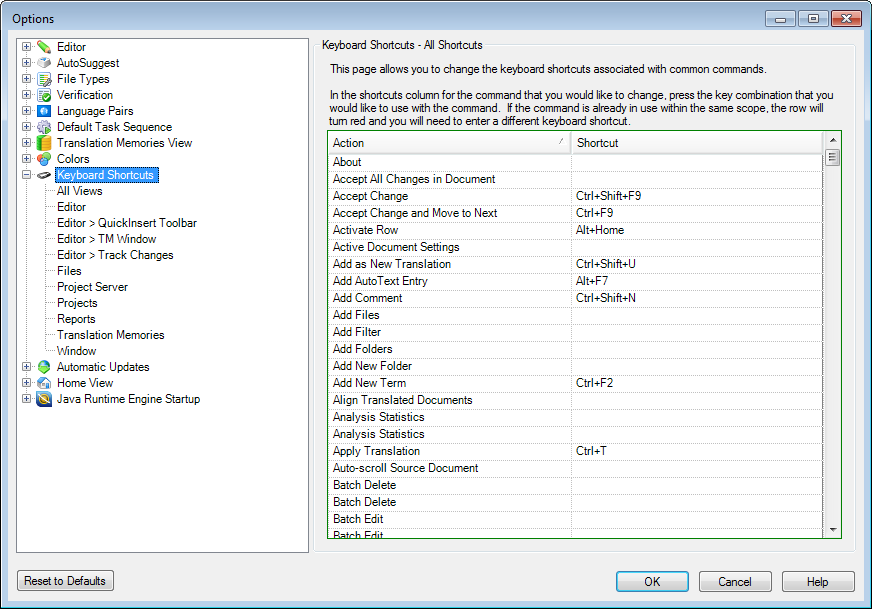

There’s also a link to the OpenExchange App Store right there.Īnd, if you use the new Menu Maker app, you can even customise the list of apps in the Welcome view. Now, I just go to the Studio Welcome View, and the left-hand menu lists all the apps that can be launched with a single click.

I used to keep a bunch of these apps on my desktop and had to search for the right one each time. You can now launch OpenExchange apps directly from Studio. Again, there’s lots to talk about, so I’ll concentrate on the following topics: Nevertheless, I think it’s a useful app.In this follow-up to last week’s post on SDL Trados Studio 2014: new features for beginners, I’m going to look at details that may be useful for people who already know their way around Studio. The only drawback is that the app works on single segments only, so you can’t select several at a time and apply your shortcut. To do that, go to File>Options>Keyboard Shortcuts>Segment Status Switcher, and add a shortcut. You can, of course, add your own shortcuts to each status. Click Alt,D,R to change a segment to Translated. These icons don’t have shortcuts assigned by default, but the Alt KeyTips on the ribbon work.
#HOW TO CHANGE SEGMENT ORDER IN SDL TRADOS STUDIO INSTALL#
However, this method involves too many mouse clicks and no shortcuts.Įnter a recent addition to the SDL AppStore: Segment Status Switcher.ĭownload and install the free app to get all the status icons grouped together on the Add-Ins tab. Then do a right mouse click, choose Change Segment Status and select the new status. To change the status of several segments at once, select them by clicking on a segment number to the left of the source text, and then select the other segments using Ctrl+left mouse click. In all Studio versions, to change the status of a single segment, do a right mouse click anywhere in the segment, click on Change Segment Status and then select the new status. Then you’d need to switch it back to Translation Approved.

You can also filter by segment status to see a single status only in the Editor window.

The icons provide a quick visual reference of what needs to be translated or revised. The other icons show possible statuses when you’re working in review and sign-off mode. When you open a file in the Editor window, the column sandwiched between the source and target segments shows the current situation of the target segment.īasically, empty target segments show a Not Translated status (a blank sheet icon), segments that have been pretranslated with fuzzy matches or edited manually show a Draft status (blue pencil icon), and confirmed segments show a Translated status (green pencil icon with a tick). Before I discuss the new app, I’ll briefly look at segment status in Studio: what it’s for and how it works. After installing the app, you’ll be able to change a segment from Translated to Draft or Not Translated with a couple of clicks or a shortcut. Segment Status Switcher is a recent addition to the SDL AppStore.


 0 kommentar(er)
0 kommentar(er)
